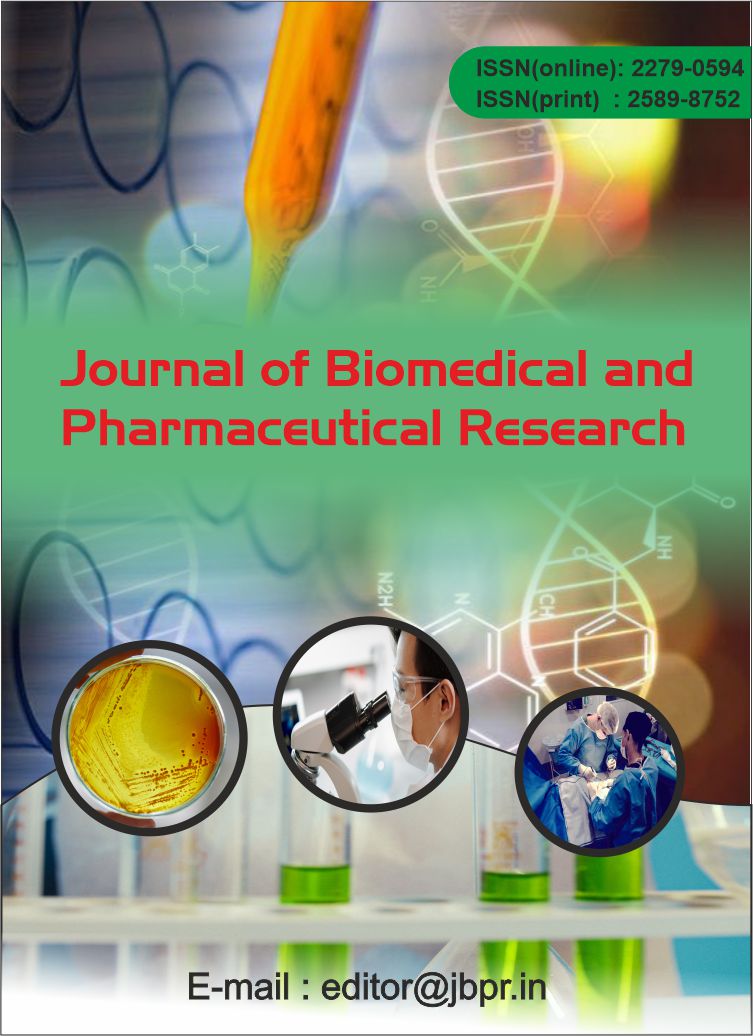A Comparative Study of Subjective Outcome of Oral versus Topical Combination of Glucosamine Sulphate and Diacerein in Patients of Grade 2 Osteoarthritis
Abstract
Osteoarthritis (OA) is a chronic degenerative joint disease commonly affecting weight-bearing joints, with knee OA being the most prevalent. Treatment strategies for OA focus on alleviating pain and improving joint function. This study compares the subjective outcomes of oral versus topical combination therapy with glucosamine sulfate and diacerein in patients with grade 2 knee osteoarthritis (OA). A total of 120 patients diagnosed with grade 2 knee OA were enrolled and randomized into two groups: the oral therapy group and the topical therapy group. Both groups received a combination of glucosamine sulfate (1500 mg daily) and diacerein (50 mg daily), either orally or topically applied (as a gel) for 12 weeks. The primary outcome measure was the improvement in pain and functional disability as assessed by the Western Ontario and McMaster Universities Osteoarthritis Index (WOMAC) score. Secondary outcomes included the assessment of quality of life, patient satisfaction, and adverse effects. Results indicated significant improvements in both groups with a higher reduction in pain scores and functional disability in the oral group compared to the topical group, although both therapies showed considerable benefit in improving the quality of life. No serious adverse effects were reported in either group. This study suggests that both oral and topical therapies of glucosamine sulfate and diacerein are effective in managing grade 2 knee OA, with oral therapy showing slightly better outcomes.
Keywords: Osteoarthritis, glucosamine sulfate, diacerein, oral therapy, topical therapy, WOMAC score, knee pain.
![]() Journal of Biomedical and Pharmaceutical Research by Articles is licensed under a Creative Commons Attribution 4.0 International License.
Journal of Biomedical and Pharmaceutical Research by Articles is licensed under a Creative Commons Attribution 4.0 International License.





